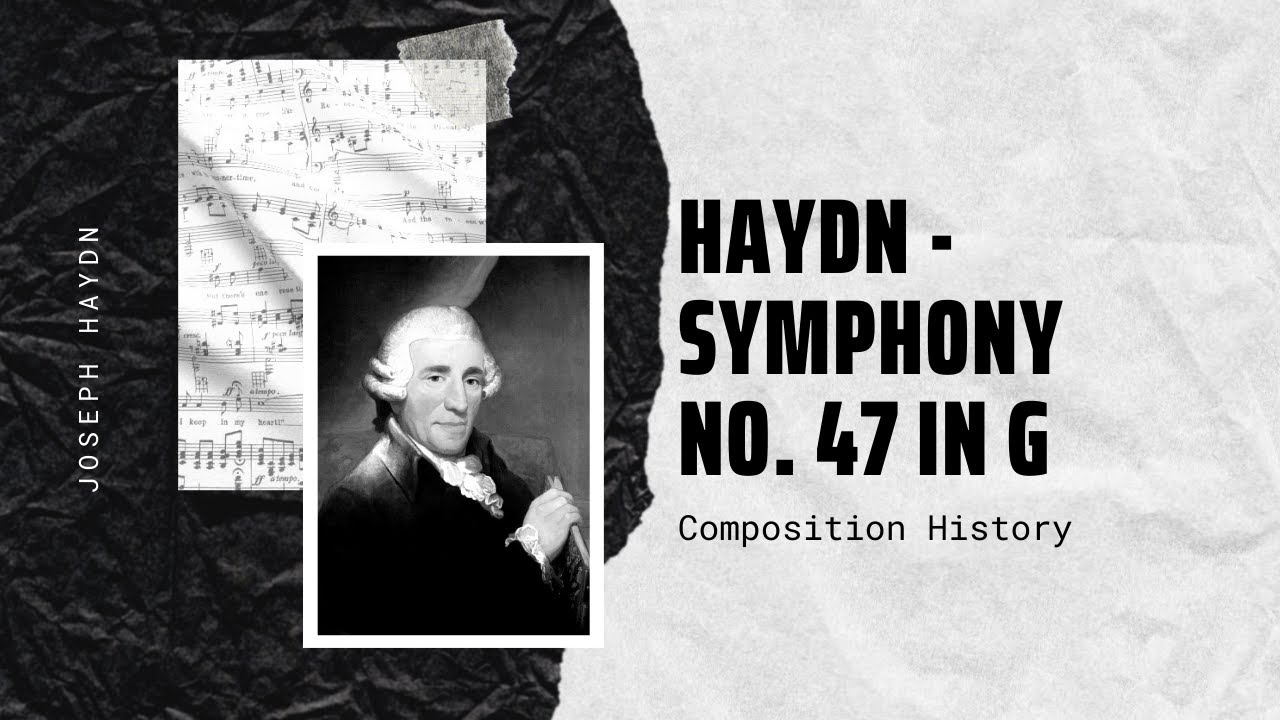
Haydn – Symphony No. 47 in G
Joseph Haydn’s Symphony No. 47 in G major Hob. I:47 was probably written in 1772. It was nicknamed “The Palindrome”. Scored for 2 oboes, bassoon, 2[…]
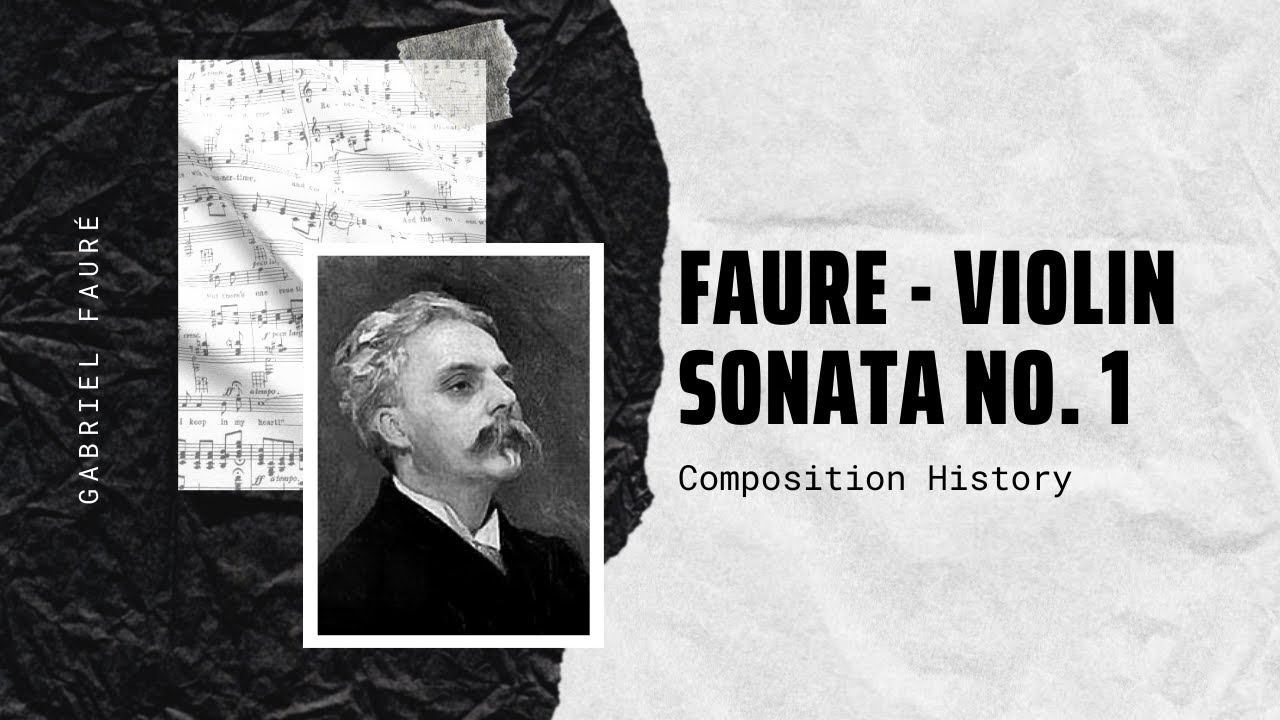
Faure – Violin Sonata No. 1 Op. 13
Love classical music? Learn to play the best PIANO pieces the easiest way: http://tinyurl.com/classic-flowkey Gabriel Urbain Fauré (French 12 May 1845 – 4 November 1924) was[…]
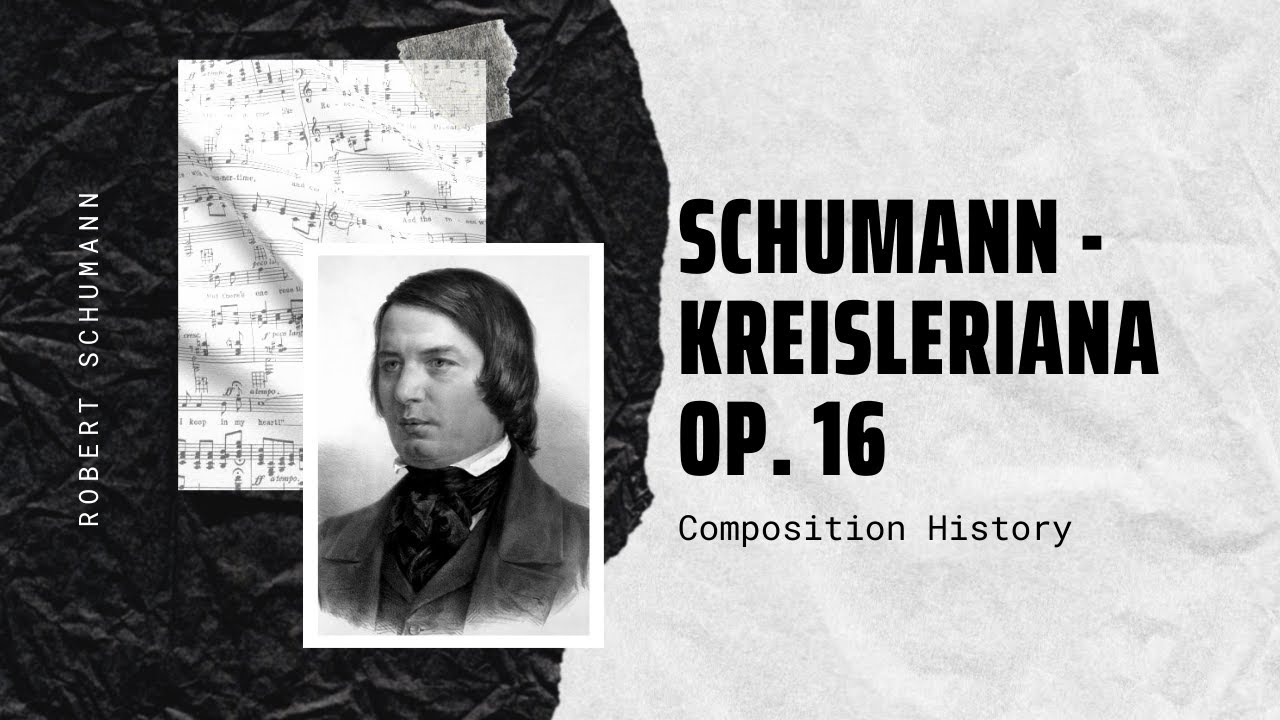
Schumann – Kreisleriana Op. 16
Kreisleriana, Op. 16, is a composition in eight movements by Robert Schumann for solo piano, subtitled Phantasien für das Pianoforte. It was written in only[…]
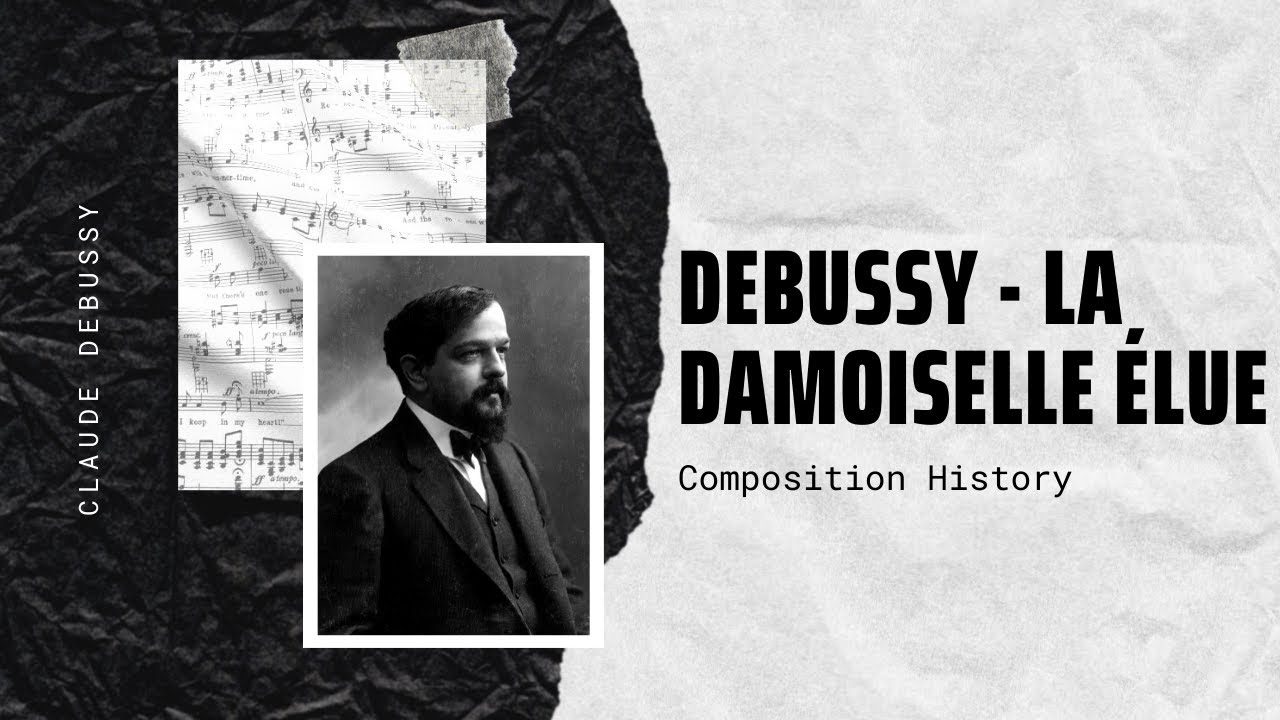
Debussy – La damoiselle élue
La Damoiselle élue (The Blessed Damozel), L. 62, is a cantata for soprano soloist, 2-part children’s choir, 2-part female (contralto) choir (with contralto solo), and[…]
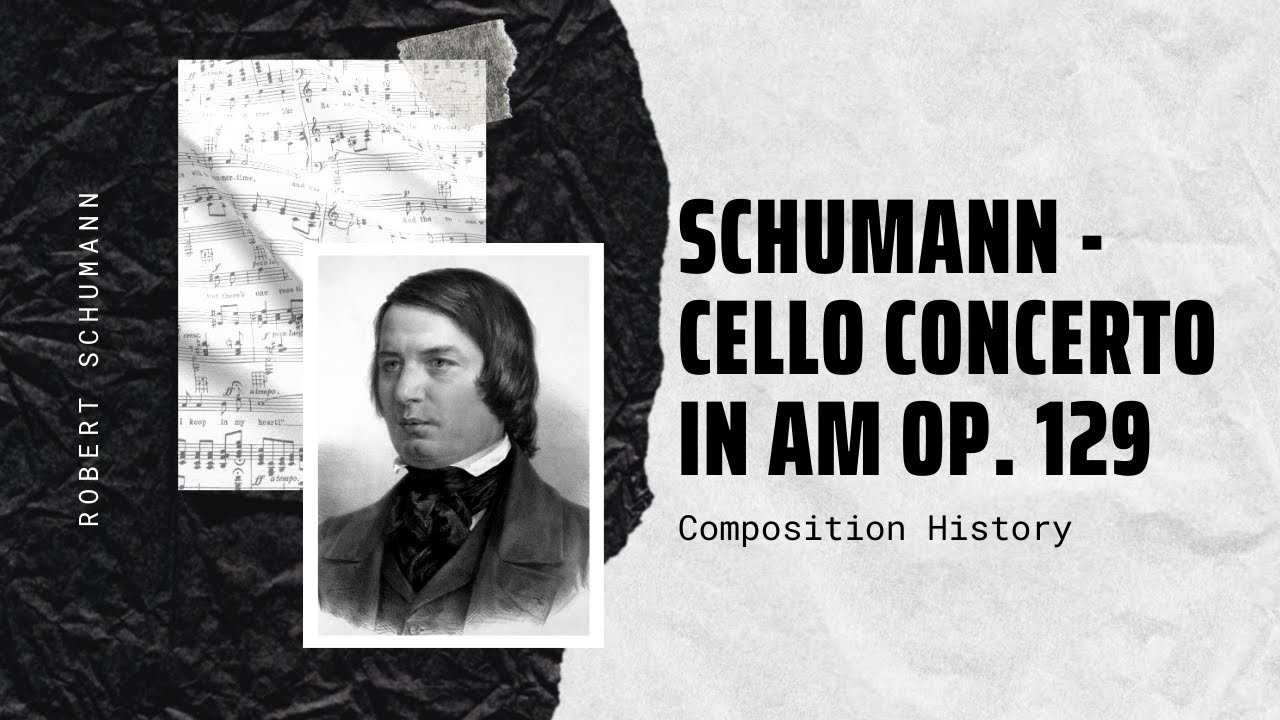
Schumann – Cello Concerto in Am Op. 129
The Cello Concerto in A minor, Op. 129, by Robert Schumann was completed in a period of only two weeks, between 10 October and 24[…]
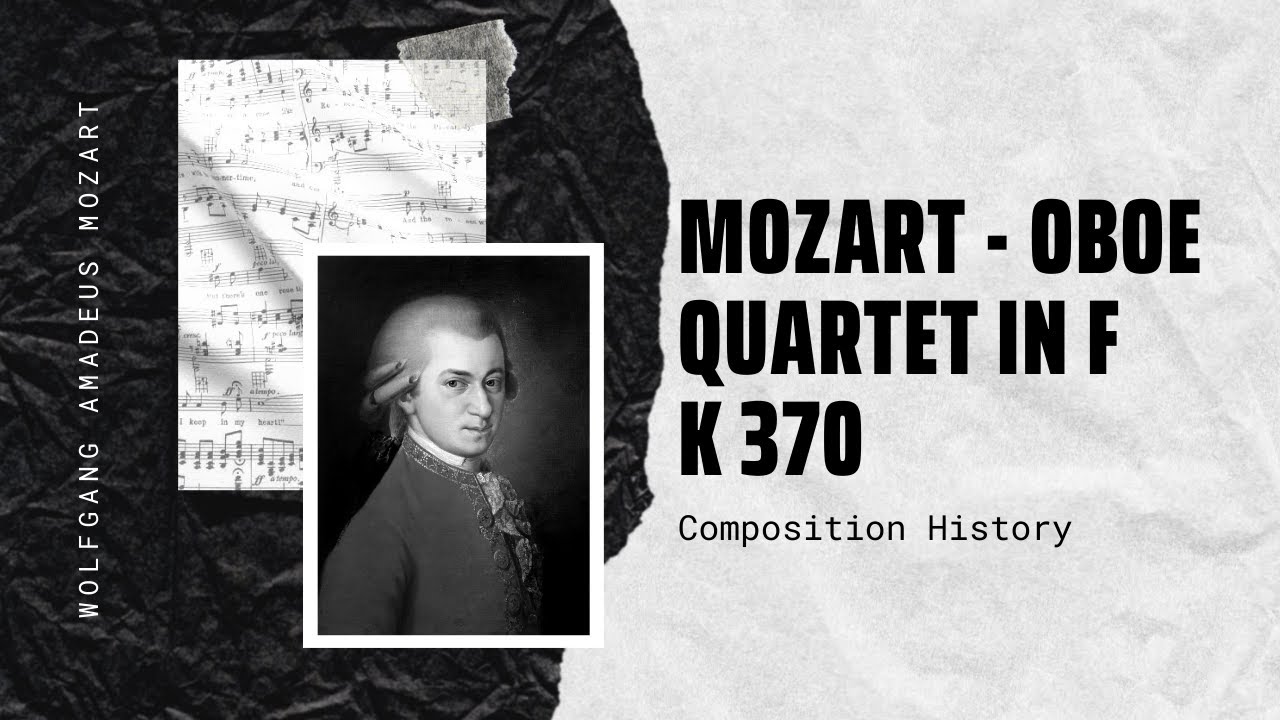
Mozart – Oboe Quartet in F K 370
The Oboe Quartet in F major, K. 370/368b, was written by Wolfgang Amadeus Mozart in early 1781. The quartet is scored for oboe, violin, viola[…]
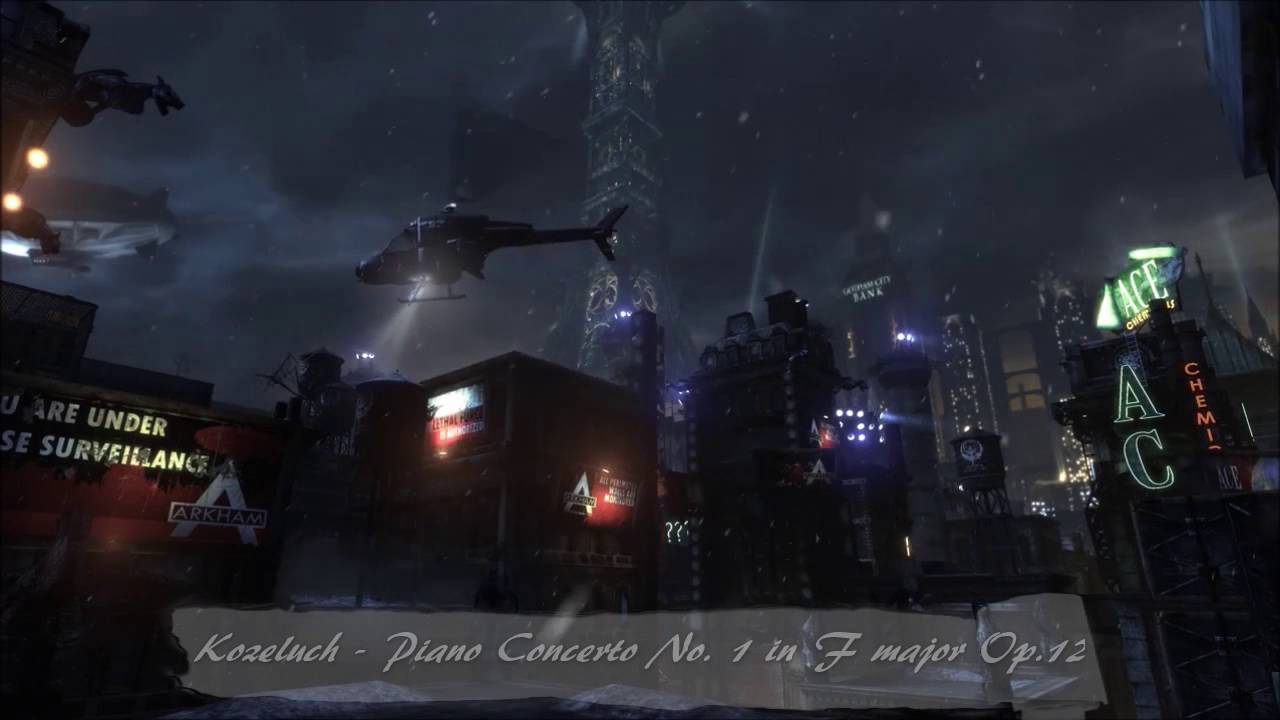
Leopold Kozeluch – Piano Concerto No. 1 in F major Op. 12
Love classical music? Learn to play the best PIANO pieces the easiest way: http://tinyurl.com/classic-flowkey Johannes Brahms (German: [joˈhanəs ˈbʁaːms]; 7 May 1833 – 3 April 1897)[…]
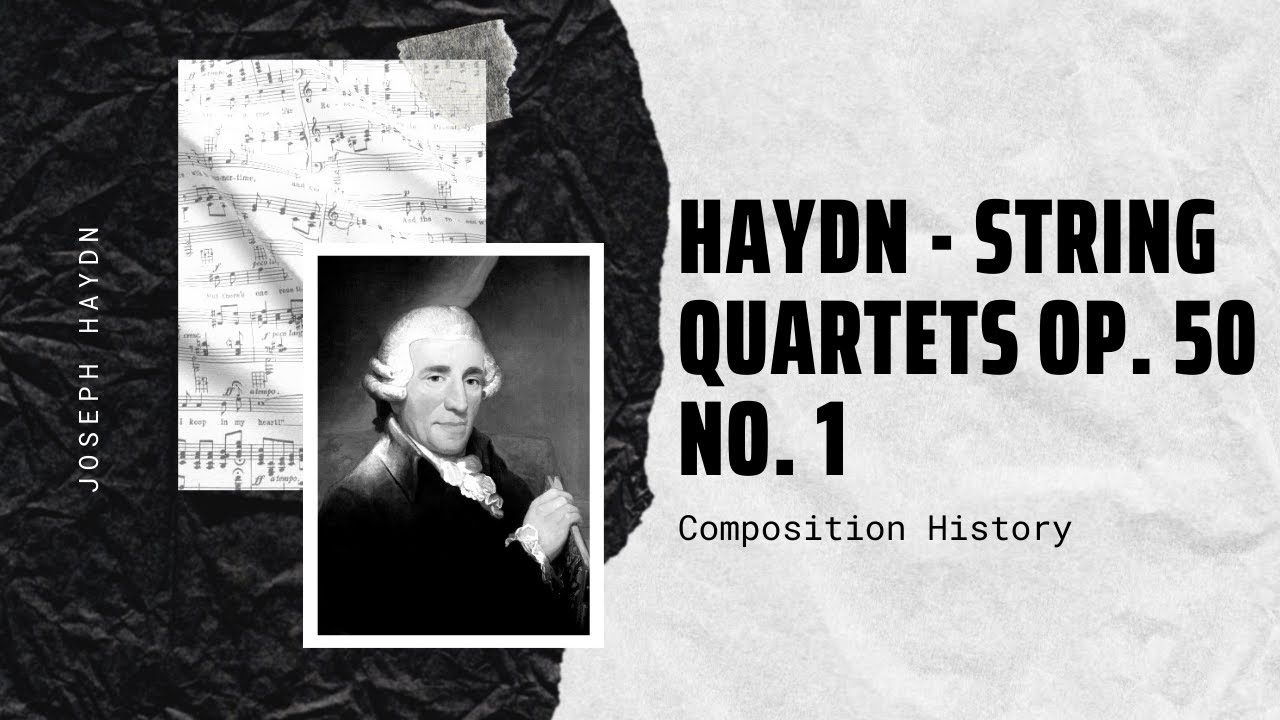
Haydn – String Quartets Op. 50 – No. 1 in B flat major HobIII 44
The String Quartets, Op. 50 (Hob. III/44-49, L. 36-41), were composed by Joseph Haydn in 1787. The set of six quartets was dedicated to King[…]
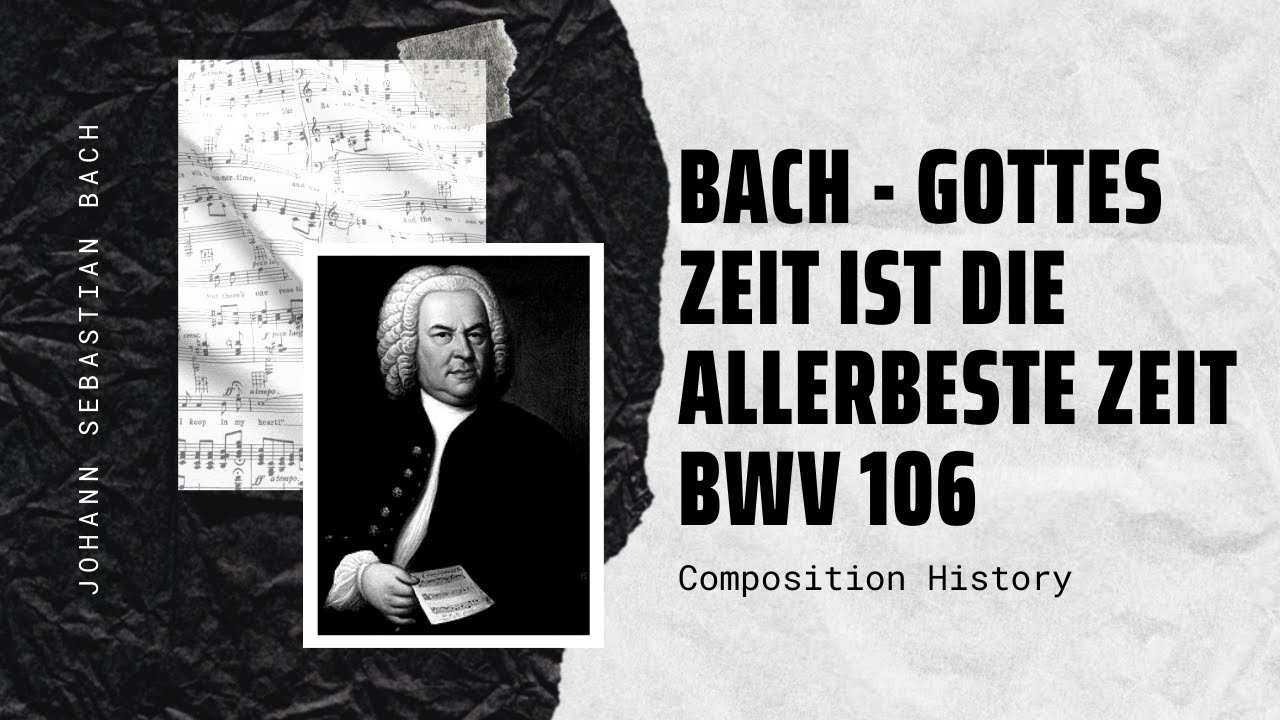
Bach – Gottes Zeit ist die allerbeste Zeit BWV 106
Gottes Zeit ist die allerbeste Zeit (God’s time is the very best time), BWV 106, also known as Actus tragicus, is an early sacred cantata[…]
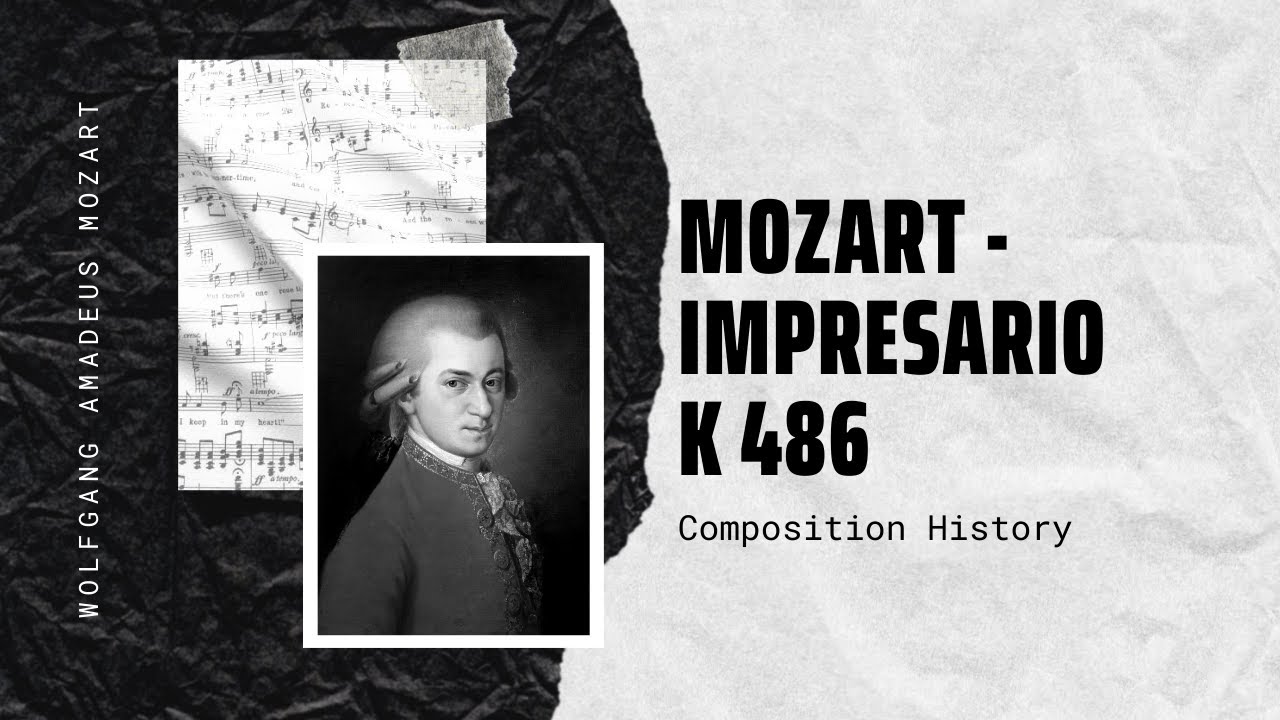
Mozart – Impresario K 486
Der Schauspieldirektor (The Impresario), K. 486, is a comic singspiel by Wolfgang Amadeus Mozart, set to a German libretto by Gottlieb Stephanie, an Austrian Schauspieldirektor.[…]